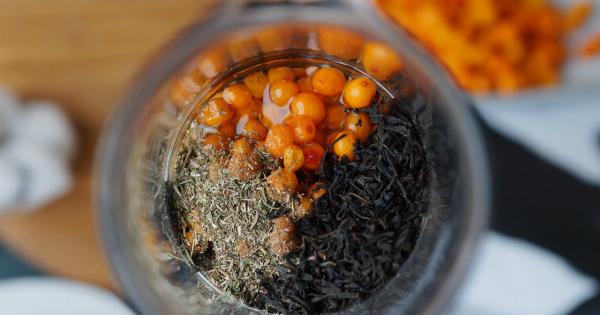Toothpaste is a product that we use daily for maintaining our oral hygiene. Although toothpaste has been a part of our lives for a long time, many people do not realize that some of the important components in toothpaste can be harmful to our health.
There are numerous such harmful components that are found in toothpaste, and it is necessary to know the impact of these components on our health. In this article, we will discuss some of the hazardous components hidden in toothpaste that you must be aware of.
Triclosan
Triclosan is one of the most common components in toothpaste and is used to fight bacteria and plaque in the mouth. However, the Food and Drug Administration (FDA) has found it to be harmful to health.
According to research, triclosan has the potential to create hormonal imbalances and could be a factor in muscle and heart disease. In addition, triclosan can cause antibiotic-resistant bacteria to grow in the mouth.
Fluoride
Fluoride is another highly debated component in toothpaste. It has been long thought of as an essential additive for strong and healthy teeth.
However, a high level of fluoride can result in dental fluorosis, which is a condition causing tooth enamel to turn brown and can lead to permanent damage to the teeth.
Sodium Lauryl Sulfate (SLS)
Sodium lauryl sulfate is a surfactant, responsible for the foamy and sudsy lather of toothpaste. Though it gives the impression of thorough cleaning, SLS can lead to severe side effects.
The component can dry out the mouth and cause irritation and inflammation of the gums. It is also known to trigger canker sores and mouth ulcers in some individuals.
Artificial Sweeteners
Artificial sweeteners like aspartame and saccharin are utilized to make toothpaste flavors sweeter and provide a calming sensation in the mouth.
However, these additives are harmful to our health and can cause numerous issues like headaches, migraines, and even cancer when consumed in significant amounts over time.
Microbeads
Microbeads are tiny plastic particles, smaller than 5 millimeters in size, and used as an exfoliant for teeth cleaning. These beads are non-biodegradable and can accumulate in our water bodies, affecting marine life and the environment.
Moreover, they can cause damage to the tooth enamel if used in excess quantity.
Harmful Dyes and Chemicals
The bright colors of toothpaste are achieved by using synthetic dyes and chemicals like FD&C Blue Dye No. 1, Yellow No. 5 (Tartrazine), and Titanium Dioxide.
These dyes and chemicals have been linked to adverse health effects like asthma, allergies, and even cancer. Besides, they can cause irritation and inflammation of the skin and gums and leave a dry sensation in the mouth.
Hydrated Silica
Hydrated silica is an abrasive substance that is used in toothpaste to remove surface stains from teeth.
Although it is considered safe for oral usage, it can cause damage to the enamel in large quantities and lead to tooth sensitivity and gum recession. Furthermore, it can be harmful if swallowed, causing digestive issues and respiratory problems.
Peroxide
Peroxide is utilized in toothpaste as a whitening agent to remove tough stains from teeth. In small amounts, it can be safe, but excessive usage can cause irritation and inflammation of the mouth and gums.
Additionally, swallowing or putting high concentrations of peroxide on your gums can lead to poisoning and chemical burns.
Propylene Glycol
Propylene glycol is used to keep the toothpaste moist and is also utilized as a solvent in various beauty and health care products.
It has been linked to skin irritations and allergic reactions, and in severe cases, it can cause kidney damage and liver failure. The use of this component has been limited in products designed for children.
Carrageenan
Carrageenan is derived from seaweed and is used as a thickening agent in toothpaste. The component has been linked to inflammation and irritation in the gut, leading to gastrointestinal issues and infections.
It is also linked to cancer-causing agents and poses a higher risk for individuals with weak immune systems.
Conclusion
Toothpaste is an essential part of our daily routine, and it is necessary to choose the right product for good oral hygiene. It is recommended to choose a toothpaste that is free of harmful components and chemicals that can be hazardous to our health.
By studying labels, avoiding the components mentioned in this article, and talking to your dentist, we can make an informed decision for the best oral health.





























